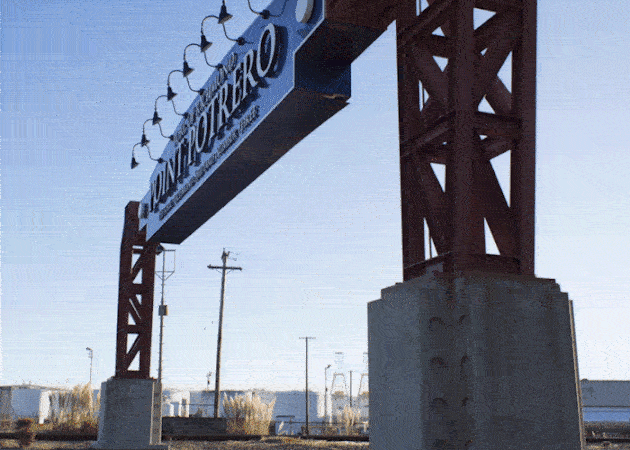 More 2017 Adventures |
Los Angeles, CA → Richmond, CA → Los Angeles, CA 768.0 mi (1,236.0 km) |
 Next Restoration |
Hooray, everyone!
After visiting 1,111 California historical landmarks from 2011 to 2016, I had amassed a list of sites that had never received, or had been robbed of, their all-important informative plaques! Without these plaques, visitors to these sites wouldn’t know the important stories from California’s history. Something had to be done!
|
In March, I launched a March for History campaign to fill in some of these historical blanks. Folks had the chance to vote for a finalist landmark to repair and to contribute to the new plaque. By overwhelming majority, Landmark #1032, the Richmond Shipyards, won!
 |
The Richmond Shipyards were the largest in the world during World War II! They were the birthplace of Rosie the Riveter and an important source of employment for underrepresented groups. When I first visited the official address of this landmark in 2013, I found nothing but a gate to the National Gypsum Company.
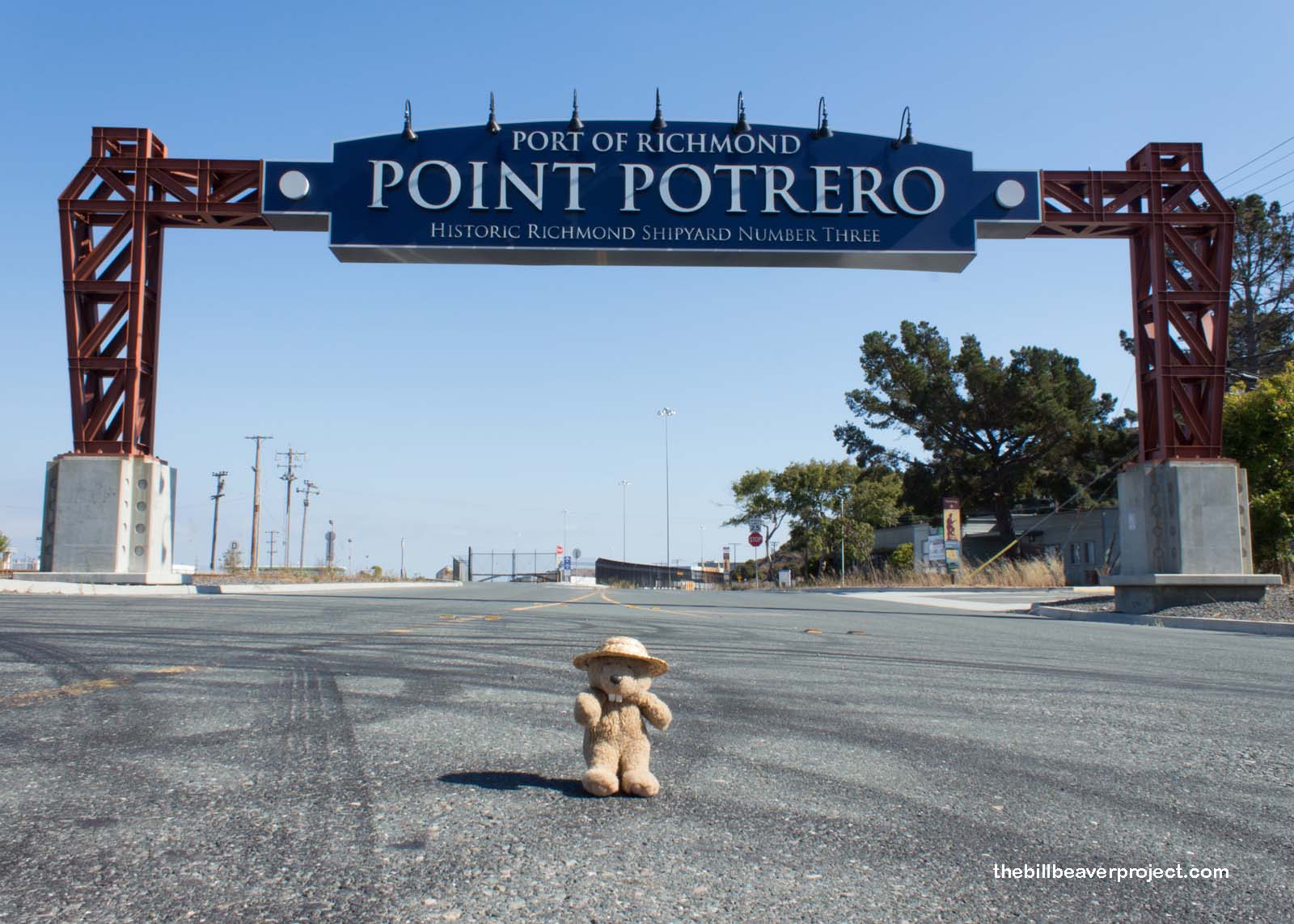 |
Further down the road, a sign marked the entrance to Port Potrero, one of the historic shipyards, but since its designation as a historical landmark on August 11, 2000, no one had bothered to install a plaque here! This was a site that had confused and bewildered many of my fellow landmark hunters, so it made perfect sense that this should be the first up to be repaired!
Thanks to the generosity of friends and followers, March for History raised $1,769.02, a lot, but a far cry from the target of over $3,500 needed for a traditional bronze plaque. If I were to replace a historical landmark plaque, I’d need to raise more money or stretch what I had.
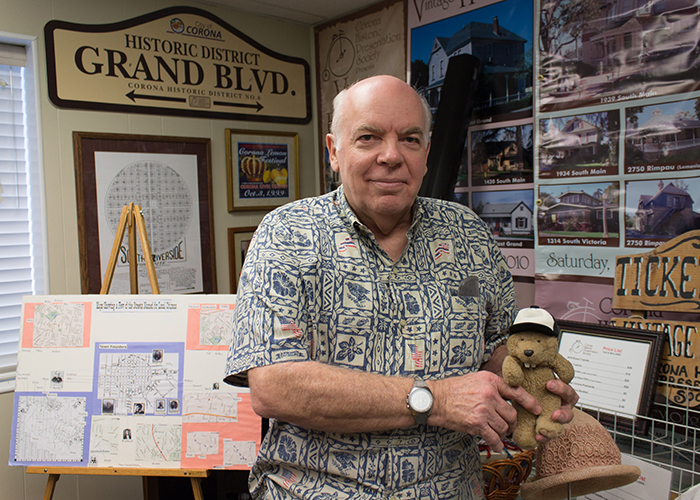 |
In mid-March, I interviewed Richard Winn of the Corona Historic Preservation Society, who had replaced a missing plaque for Old Temescal Road with a beautiful granite slab at a fraction of the cost of bronze. An alternative material, he said, would also make the plaque less desirable for thieves, who would steal and melt plaques for resale!
So two months later, my web manager and I spoke at the quarterly meeting of the State Historical Resources Commission at Pasadena’s historic city hall. They’d never met someone who had seen all the landmarks, let alone vouched for repairing the broken ones! I pitched the idea of using alternate materials (stone or aluminum) to make it more affordable to replace plaques. Bronze could still be used for new ones, but I argued that the story was more important than the binding!
For the next few months, I discussed logistics with State Historian, Mr. Jay Correia. Since this landmark was numbered after #770, I could replace the plaque without having to re-certify it as a historical landmark. We went back and forth about the plaque text, and Jay forwarded me over to Mr. John Kolstad of California Bell, the company that makes the replica mission bells that pop up across California! John agreed to cast an aluminum plaque, while I coordinated with Mr. Jim Matzorkis of the Port of Richmond to make sure we had permission to mount it.
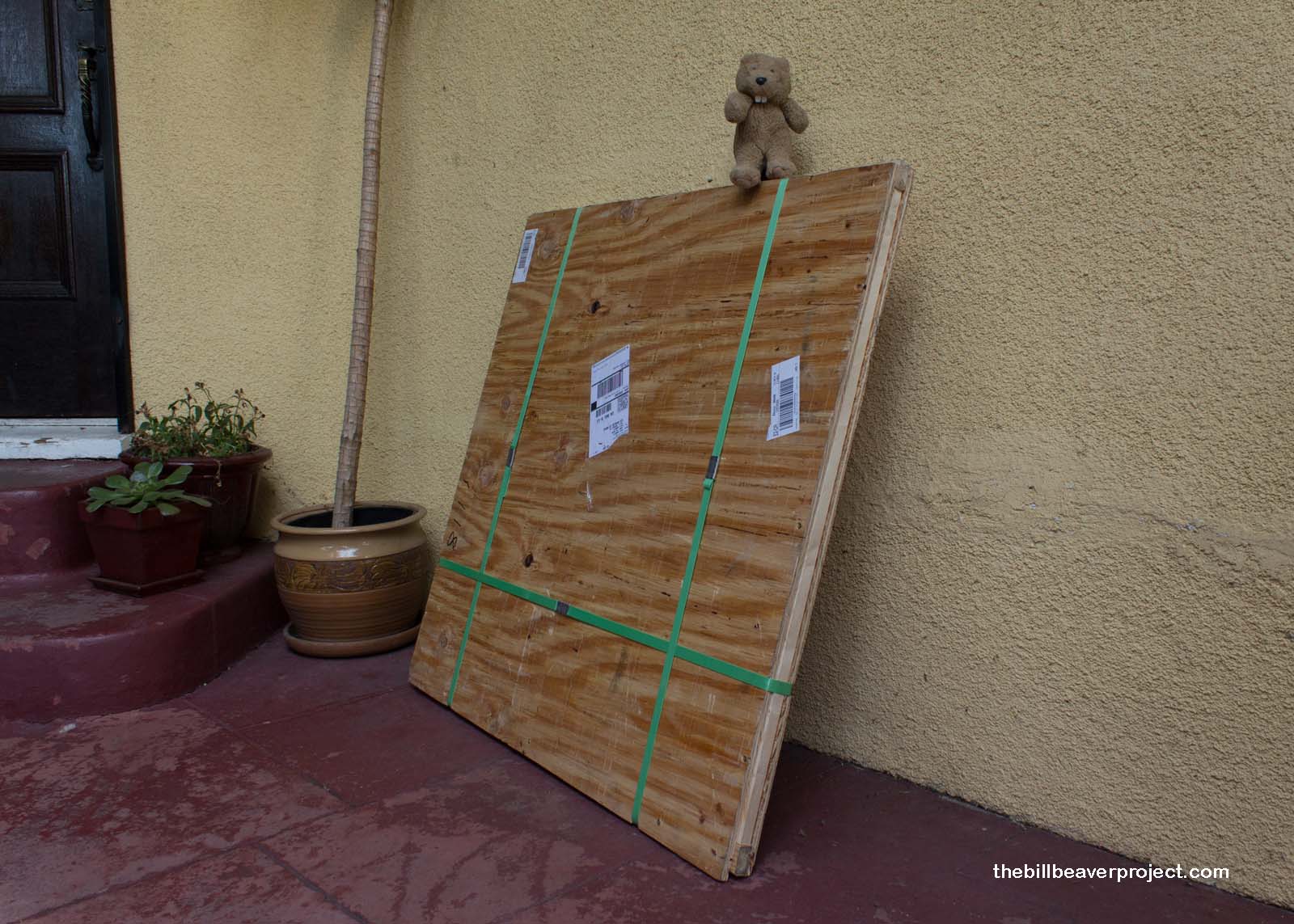 |
On November 19, the plaque arrived at my door! It was magnificent, thin and black with silver accents! The placement date at the bottom was set for December 7th, Pearl Harbor Day, so I booked a MEGABUS ticket, and prepared to head north!
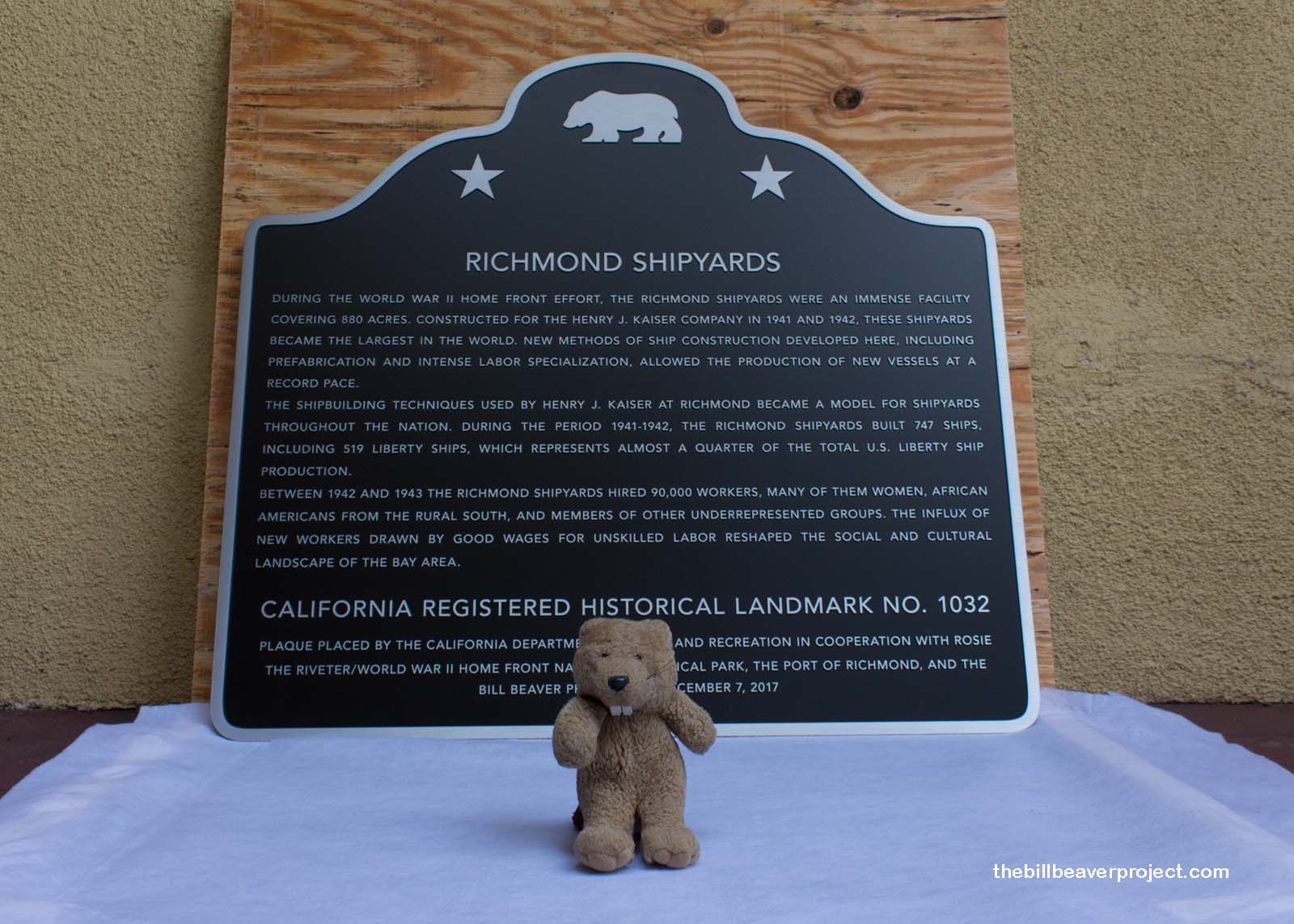 |
My good friends, Denis and Beatrice of californiahistoricallandmarks.com, offered to transport the plaque to Richmond, and picked me up from the Berkeley BART station that breezy December morning! We headed into Richmond to meet with Bruce and Robert of Thomas Swan Sign Company, who had come highly recommended by the Native Daughters of the Golden West, and who had installed the original Point Potrero sign where we would be mounting the plaque!
First, the installers needed to create a proof to help drill the holes for the bolts. They set up a big block of foam board with a sheet of paper on top. They screwed in the bolts and pressed the plaque onto the foam. The bolts made holes in the paper, and the installers traced the outline of the plaque around the holes. That left them with a piece of paper they could tape to the concrete and drill holes in all the right spots!
We headed down Canal Boulevard, dodging a long freight train that had gummed up traffic, until we reached the Point Potrero sign. Luckily, we already had a concrete base to work on, so we didn’t need to construct a whole new one. Over the course of the next hour of beautiful morning weather, Robert brought this new historical landmark plaque to life! (See if you can spot me in the video.)
|
|
The first step was to tape up the proof, then to drill the holes and make sure the bolts fit. Then, he stuffed a glob of epoxy in each hole and shoved the bolts inside. We all had to hold it in place while he wrapped a ribbon around the concrete base, and after twenty minutes, it was all set!
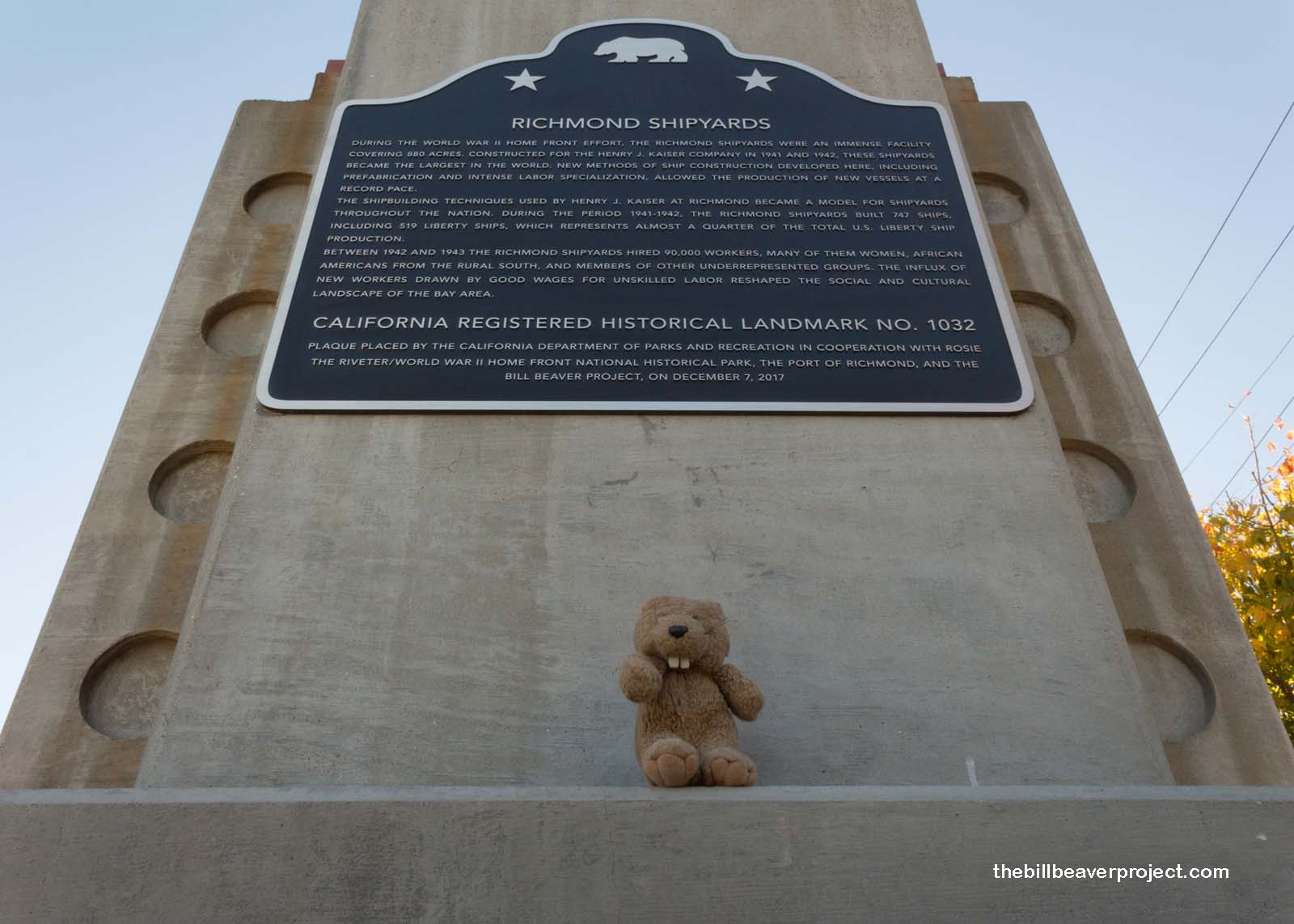 |
Once the epoxy dried, the Richmond Shipyards District had its very own official California historical landmark plaque! Now, my friend, Donald, who has to physically touch a plaque before he counts it, could rest easy!
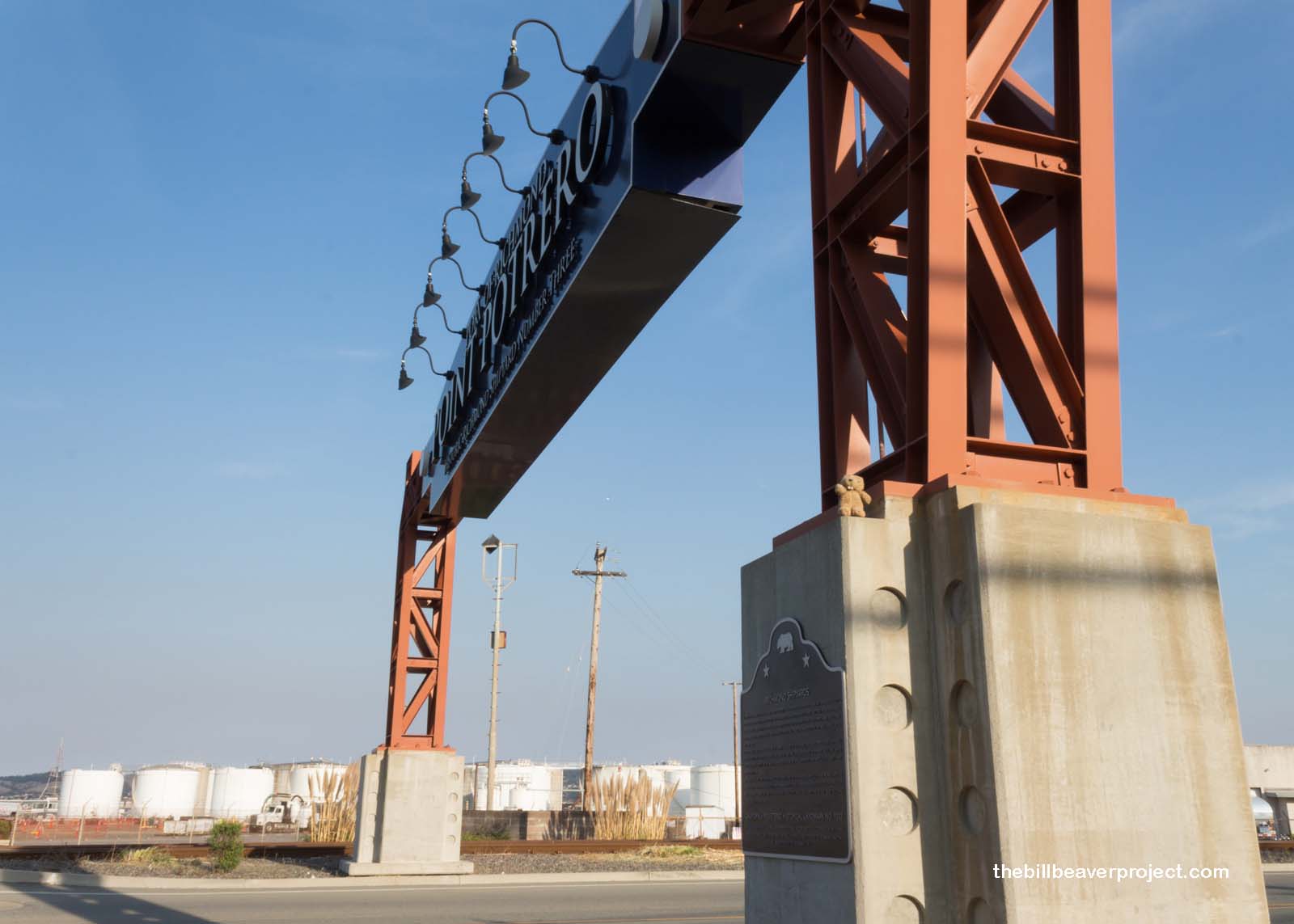 |
After seventeen years, the Richmond Shipyards now have a plaque to commemorate their importance! It turned out exactly as I’d imagined, and with all the lessons learned in marketing, fundraising, and which channels to go through, next year’s March for History campaign should be even better!
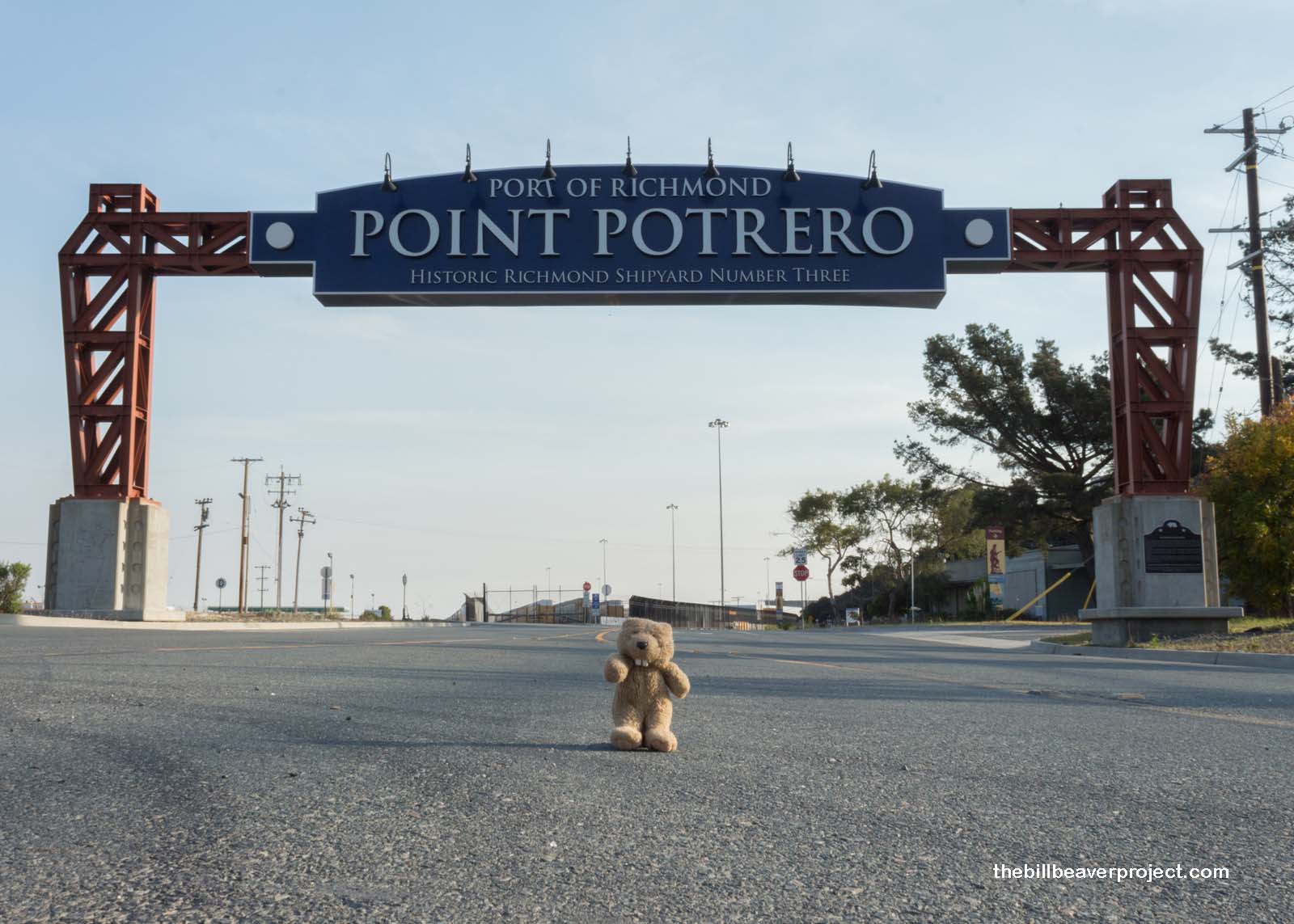 |
To join the March, please visit my page dedicated to restoring historical landmarks! You can vote on which one you would like replaced next, and contribute any amount to make that possible! Let’s keep California history alive, one plaque at a time!
Thank you so much!

 More 2017 Adventures |
Los Angeles, CA → Richmond, CA → Los Angeles, CA 768.0 mi (1,236.0 km) |
 Next Restoration |
